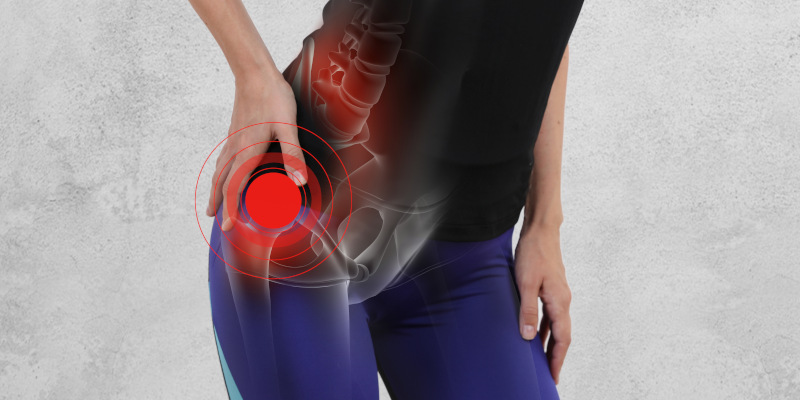Navigating Lateral Hip Pain: Symptoms, Avoidances, and Effective Strategies

Lateral hip pain, often associated with Greater Trochanteric Pain Syndrome (GTPS), brings about discomfort that can significantly impact daily activities. If you’re female and postmenopausal then you are at higher risk of developing lateral hip pain than other populations. Men and premenopausal woman can still develop lateral hip pain but treatment and management will be slightly different. In this blog, we’ll explore not only the symptoms and challenges associated with lateral hip pain but also effective strategies for management, highlighting the role of exercise, education, and, in specific cases, hormone therapy.
Recognizing Symptoms:
If you’ve been experiencing pain at the side of your hip, difficulty with stairs, discomfort while lying on your side, or night pain, you may be dealing with lateral hip pain. Additionally, pain around the bone on the side of your hip is a common symptom associated with Greater Trochanteric Pain Syndrome.
Avoidance Strategies:
Managing lateral hip pain involves adopting certain lifestyle adjustments. It’s advisable to avoid sitting with crossed legs, as this can exacerbate symptoms. Similarly, lying on either side may intensify discomfort, so finding a comfortable sleeping position becomes crucial. Standing evenly on both legs can help distribute weight more evenly, reducing strain on the affected hip.
Imaging and Cortisone Injections:
Contrary to common belief, imaging is not always necessary for diagnosing and managing lateral hip pain. Research indicates that in many cases, clinical assessment and symptom presentation are sufficient for effective management. Cortisone injections, often considered a go-to solution, may have negative long-term effects. Studies suggest that the combination of exercise and education offers more sustainable relief compared to cortisone injections.
Tailored Approaches for Men, Premenopausal Women, and Postmenopausal Women:
Men and premenopausal women experiencing lateral hip pain should focus on progressing strength and tendon loading. Seeking advice from a physiotherapist for proper load management is crucial to prevent exacerbation of symptoms.
Postmenopausal women, especially those with a BMI less than 25, should consider Menopausal Hormone Therapy if appropriate. This approach, when combined with exercise and education, has shown promising results in research studies, providing a comprehensive solution for managing lateral hip pain in this specific demographic.
Conclusion:
Navigating lateral hip pain involves understanding symptoms, making lifestyle adjustments, and adopting effective management strategies. From recognizing common signs to avoiding exacerbating factors, individuals can take control of their well-being. If you’re experiencing persistent lateral hip pain, consulting a healthcare professional for personalized advice, especially regarding exercise, education, and hormone therapy if applicable, is essential. By embracing a holistic approach, you can regain control and find sustainable relief from the challenges of Greater Trochanteric Pain Syndrome.
Michael Pierce
Sports Physiotherapist
Lake Health Group
